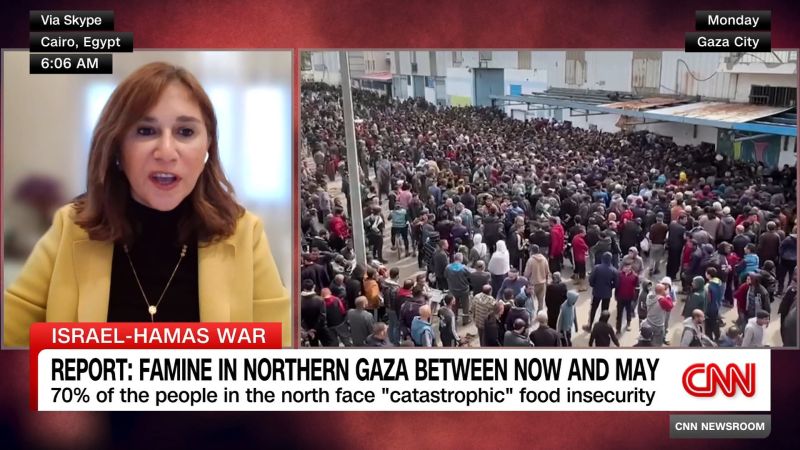As increasing socio-economic challenges take a devastating toll on the Gazan population, an imminent threat of famine has torn through the landscape like a vicious, insatiable monster. The hand of hunger has insidiously crept its way into the lives of over a million inhabitants of Northern Gaza – a chilling figure boldly asserted in a new report. The report paints a devastating picture of the dire circumstances faced by the population and urgently calls for global attention towards these ‘catastrophic’ levels of hunger.
Years of political unrest, wars and prolonged economic blockade have precariously positioned Northern Gaza on the brink of a possible famine. The dire scarcity of food and nutrition, particularly in internally displaced peoples, has thrust many into a vortex of calamity from which escape is near impossible.
Northern Gaza’s traditional agrarian society has been under crippling pressure from several angles. The strip boasts fertile arable land, but military actions and political strife have made farming an almost impossible task. Additionally, a lack of irrigation water, electricity, and fertilizer availability have severely undermined the agricultural sector’s effectiveness, pushing food production well below the needs of the population.
The most crippling blow, however, came with the long-standing economic blockade which drastically restricted import and export activities. The Northern Gaza Strip, already struggling to produce enough food, found itself cut off from external aid, pushing the local population further towards the precipice of hunger.
Alongside the food crisis, poverty is a burgeoning issue. An increase in unemployment and a decrease in wages have rendered many families incapable of affording even the most basic foods. The pandemic has added another layer to the economic slump, causing job losses and hitting low-income households hard. The numbers of people falling below the poverty line are on the rise in an alarming trend.
The UN relief and works agency UNRWA, which supports more than half of Gaza’s population, is struggling to meet the ongoing needs due to funding shortages. Basic food assistance which serves as a lifeline for many is under threat of being suspended, creating further uncertainty for the people of Gaza.
Child malnutrition is a particularly disquieting aspect of the crisis. Malnutrition affects physical and cognitive development and can have lasting impacts on a child’s life. The crisis has forced many children into labor or early marriages further exacerbating child malnutrition rates.
Healthcare infrastructure too, lies in shambles. The healthcare system, already stretched thin by multiple wars and the ongoing pandemic, is inadequate to tackle the looming starvation crisis. Many sufferers can’t access healthcare due to unaffordable costs, leading to more undiagnosed, untreated hunger victims.
Important too, to elucidate, are the psychological impacts of such a prolonged hunger crisis. The daily torment of finding adequate food, the constant worry for children and elderly family members, contributes to an increasing prevalence of mental health issues among the Gazan population.
Whilst aid organizations, humanitarian agencies and UN bodies continue their efforts to regulate the impacts, the reality remains – the rapid announcement of recovery plans and the allocation of resources are essential to avert this crisis. The international community must mobilize to offer a multi-faceted solution – a solution that addresses not just food shortages, but also the harsh economic and infrastructure realities of life in the Gaza Strip.




